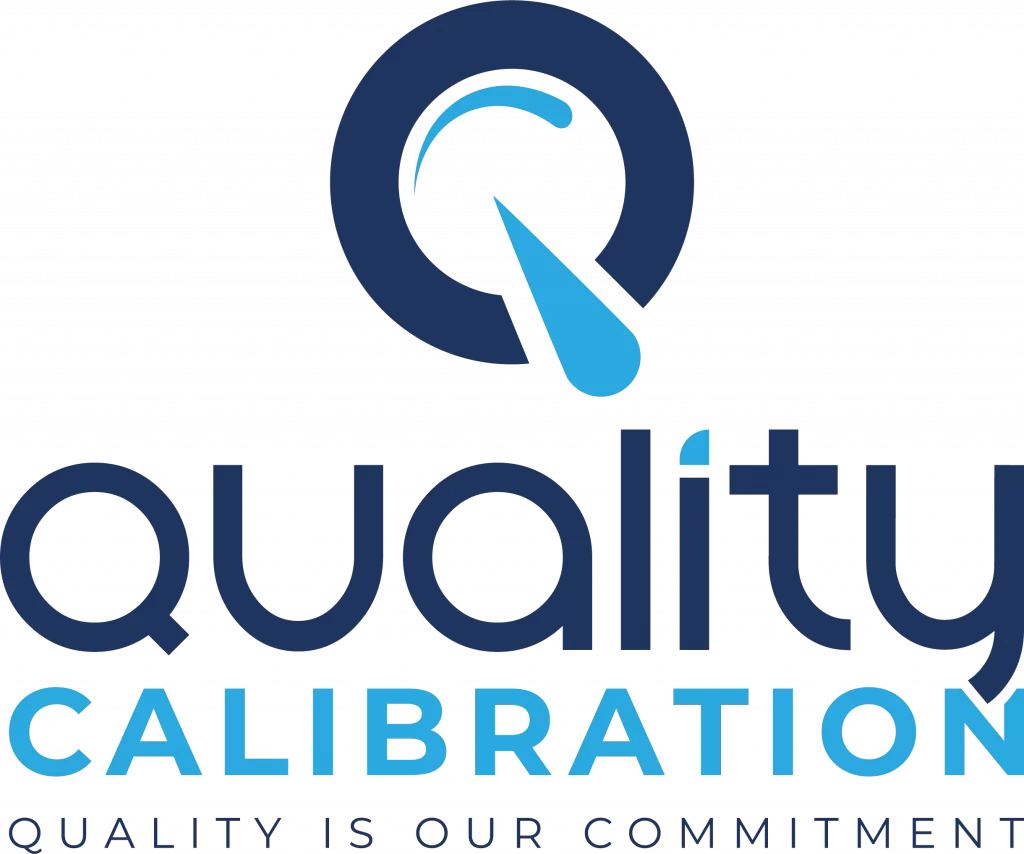In the field of electrical engineering, measuring earth resistance is a crucial task to ensure the safety and efficiency of electrical systems. Earth resistance refers to the resistance encountered by electrical current when it flows through the earth. By accurately measuring earth resistance, professionals can assess the effectiveness of grounding systems, identify potential hazards, and mitigate the risks associated with electrical faults. In this article, we will delve into the various methods used for earth resistance measurement, providing valuable insights and practical guidance.
Earth Resistance Measurement Method
Earth resistance measurement method is an essential process that requires precision and accuracy. By employing suitable techniques, electrical engineers can obtain reliable data regarding the resistance of the earth. Let’s explore the different methods in more detail:
1. Three-Point Method
The three-point method, also known as the fall-of-potential method, is widely utilized for measuring earth resistance. It involves the use of three electrodes: a current electrode, a potential electrode, and an auxiliary electrode.
- A. The current electrode injects a known current into the earth.
- B. The potential electrode is placed at a specific distance from the current electrode and measures the voltage difference between the injected current and a remote point.
- C. The auxiliary electrode helps to establish a stable reference potential.
By calculating the voltage drop, the earth resistance can be determined using Ohm’s law. The advantages of the three-point method include simplicity, accuracy, and suitability for various soil conditions.
2. Four-Point Method
The four-point method, or the Wenner method, is another popular technique for earth resistance measurement. It overcomes the limitations of the three-point method by employing four equally spaced electrodes.
- A. The four electrodes are arranged in a straight line, forming a measurement configuration.
- B. The outer electrodes inject the current, while the inner electrodes measure the potential difference.
- C. The geometry of the arrangement and the distance between the electrodes are critical factors in the accuracy of the measurement.
By analyzing the voltage drop and the geometric factors, the earth resistance can be accurately calculated. The four-point method is known for its improved accuracy and reliability compared to the three-point method.
3. Two-Point Method
The two-point method, also known as the simple potential method, is a straightforward approach to measure earth resistance. It involves the use of two electrodes: a current electrode and a potential electrode.
- A. The current electrode injects a known current into the earth.
- B. The potential electrode measures the voltage at a specific distance from the current electrode.
C. The measured voltage, along with the known current value, can be used to determine the earth resistance.
The two-point method is relatively quick and easy to perform but may be less accurate compared to the three-point or four-point methods.
4. Earth Tester Method
The earth tester method utilizes specialized instruments known as earth testers or ground resistance testers. These devices are designed to measure earth resistance accurately and efficiently.
- A. Earth testers often incorporate advanced features such as automatic ranging, data logging, and real-time graphical displays.
- B. They provide a convenient solution for professionals who require frequent earth resistance measurements or need to assess large grounding systems.
Earth testers offer precise measurements and allow for easy data interpretation, making them a popular choice in the field.
5. Selective Method
The selective method is employed when a specific component of a grounding system needs to be evaluated separately. It allows engineers to isolate a particular section, such as a ground rod or a connection point, and measure its individual resistance.
- A. The selective method helps identify potential weak points or areas with inadequate grounding.
- B. By focusing on specific components, engineers can target improvements and optimizations where necessary.
This method is particularly useful in situations where a detailed analysis of specific grounding elements is required.
6. Clamp-on Method
The clamp-on method offers a non-intrusive and time-saving approach to measure earth resistance. It involves using a clamp-on ground resistance tester, which clamps around a grounding conductor without the need for direct electrical contact.
- A. This method is particularly useful in situations where traditional measurement techniques are impractical or when assessing existing installations without interrupting the power supply.
- The clamp-on method provides a quick and convenient way to measure earth resistance in various environments.
B. The measurements obtained through the clamp-on method are reliable and can be easily interpreted.
By employing these different methods for earth resistance measurement, electrical engineers can accurately assess the resistance of the earth and ensure the safety and reliability of electrical systems. Each method has its advantages and is suited for specific scenarios. It is essential to choose the appropriate method based on the requirements of the measurement and the specific conditions of the installation.
Quality Calibration Solutions: Your Trusted Calibration Partner in Bangladesh
As you venture into the realm of earth resistance measurement, it is vital to rely on a trusted calibration service provider. Quality Calibration Solutions stands as the premier calibration company in Bangladesh, offering comprehensive services tailored to your specific needs. With our state-of-the-art equipment and expert technicians, we deliver precise and reliable calibration solutions that comply with international standards.
Whether you require earth resistance test company in Bangladesh, instrument calibration, or any other calibration services, our team possesses the expertise and experience to surpass your expectations. We are committed to ensuring the safety and efficiency of your electrical systems, enabling you to focus on your core operations without compromising on quality.
Empowering Electrical Safety Through Calibration
In a world increasingly reliant on electricity, the significance of proper calibration and earth resistance measurement cannot be emphasized enough. From residential buildings to industrial facilities, ensuring the safety of electrical systems safeguards lives and enhances operational efficiency. By following the methods and best practices outlined in this article, you can contribute to a safer and more reliable electrical infrastructure in Bangladesh.
Remember, Quality Calibration Solutions is your trusted partner for all your calibration needs. With our meticulous attention to detail and unwavering commitment to excellence, we guarantee accurate calibration services that surpass industry standards. Choose us as your calibration service provider and experience the peace of mind that comes with knowing your electrical systems are in capable hands.
FAQs: Earth Resistance Measurement Explained
What is earth resistance measurement?
Earth resistance measurement is the process of determining the resistance between an electrical system and the earth to ensure the safety and efficiency of electrical installations.
Why is earth resistance measurement important in Bangladesh?
In Bangladesh, earth resistance measurement is crucial due to rapid industrial growth and the need to ensure electrical safety in the face of expanding infrastructure.
Which method is commonly used for earth resistance measurement?
The Fall-of-Potential method and the Wenner method are widely used for earth resistance measurement due to their accuracy and reliability.
What is soil resistivity, and why is it significant?
Soil resistivity refers to the measure of how conductive the ground is. It is essential to assess soil resistivity as it directly affects the accuracy of earth resistance measurements.
What are the best practices for accurate earth resistance measurements?
Some key best practices include inspecting equipment, selecting appropriate test locations, ensuring proper electrode placement, using stable current sources, allowing sufficient measurement timing, and applying reliable data analysis techniques.
Why should I choose Quality Calibration Solutions in Bangladesh?
Quality Calibration Solutions is the leading calibration company in Bangladesh, providing comprehensive services with expert technicians, state-of-the-art equipment, and a commitment to exceeding industry standards.
What other calibration services does Quality Calibration Solutions offer?
In addition to earth resistance measurement, Quality Calibration Solutions offers instrument calibration, temperature calibration, pressure calibration, and a wide range of other calibration services.
Can Quality Calibration Solutions handle calibration for industrial facilities?
Absolutely. Quality Calibration Solutions specializes in calibration services for industrial facilities, ensuring the accuracy and reliability of electrical systems in demanding environments.
Are the calibration services at Quality Calibration Solutions internationally recognized?
Yes, Quality Calibration Solutions adheres to international standards, and our calibration services are recognized both nationally and internationally.
How often should earth resistance measurements be conducted?
Earth resistance measurements should be conducted periodically or whenever there are significant changes in the electrical system or installation.
Can I perform earth resistance measurements on my own without professional assistance?
While it is possible to perform earth resistance measurements independently, it is recommended to seek professional assistance from calibration experts to ensure accuracy and compliance with safety standards.
What are the consequences of inaccurate earth resistance measurements?
Inaccurate earth resistance measurements can lead to potential electrical hazards, compromising the safety of individuals and equipment, and increasing the risk of electrical accidents.
Does Quality Calibration Solutions provide on-site calibration services?
Yes, Quality Calibration Solutions offers on-site calibration services to provide convenience and minimize downtime for our clients.
How long does an earth resistance measurement typically take?
The duration of an earth resistance measurement can vary depending on factors such as the chosen method, complexity of the electrical system, and the number of measurements required. It typically ranges from a few minutes to an hour.
Can Quality Calibration Solutions assist with calibration certifications and documentation?
Yes, Quality Calibration Solutions provides calibration certifications and comprehensive documentation to ensure compliance with regulatory requirements and quality standards.

Md. Hasan Ibrahim is a Technical Manager at Quality Calibration with extensive experience in the calibration sector since 2015. Holding a Bachelor of Science degree in Mechanical Engineering from Khulna University of Engineering & Technology (KUET), he has received training from various national and international organizations including CSIR-CMERI, QSI, BAB, NML-BSTI, memmert, and X-rite. With expertise in ISO/IEC 17025 assessment, method validation, metrological traceability, and uncertainty, he has successfully completed numerous calibration projects across diverse industries such as pharmaceuticals, food & beverage, oil & gas, textiles & garments, power plants, batteries, chemicals, hospitals & healthcare, and private universities.


